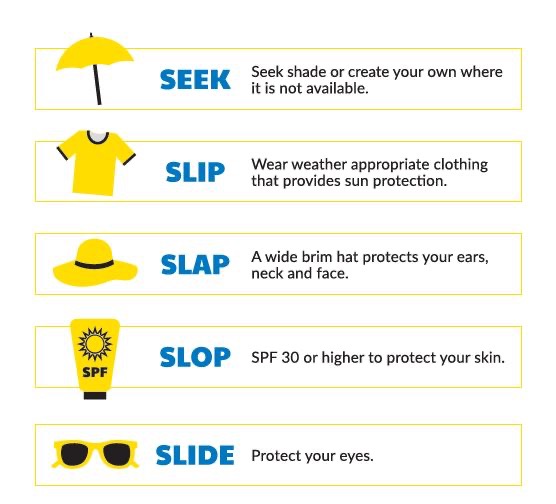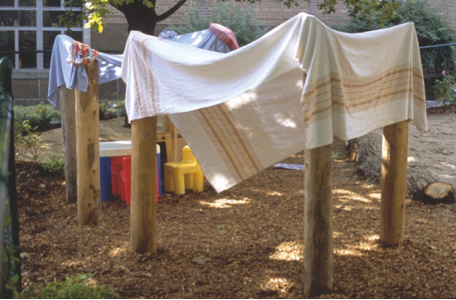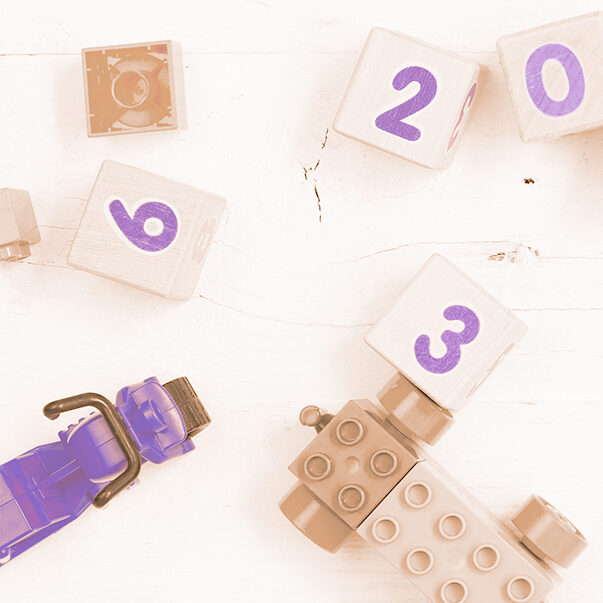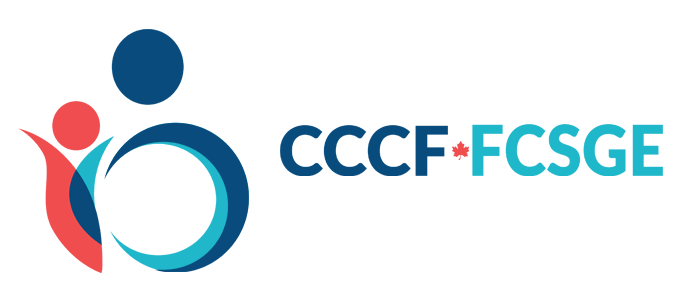As early childhood educators, one of your most important roles is ensuring the health and safety of the children in your care. Among the many risks to consider, sun exposure is an important one and we are here to share some practical tips to help you properly protect children from the sun’s harmful ultraviolet radiation (UVR). It’s essential to work closely with parents and staff to create a safe environment that minimizes exposure to harmful UV rays.
Understanding the Risk of Skin Cancer and UV Exposure
The first step in fostering sun safety in the early childcare setting is understanding why it’s so important. Skin cancer is the most common form of cancer in Canada, and it’s largely preventable with proper sun protection. Overexposure to the sun, especially at a young age, can increase the risk of developing skin cancer later in life. Sunburns, particularly during childhood, can damage skin cells and increase the chances of skin cancer in adulthood.
Children’s skin is more sensitive than adults’ and can burn more quickly, making it crucial to implement protective measures early on. UV radiation, even on cloudy days, can cause harm, so it’s essential to protect children whenever they are outdoors. Training all staff to implement sun safety measures and having related policies and guidelines can ensure that practices become second nature, preventing sunburns from happening on your sites.
Practical Sun Protection Tips for Daycare Providers
Incorporate Sun Safety into Daily Routines
Sun safety should become a regular part of the daycare routine.
- Pre-Outdoor Routine: Establish a habit where before heading outside:
- The UV Index is checked
- Sunscreen is put on children
- Children are dressed in protective clothing
- Hats and sunglasses are put on
- Monitor Sun Exposure: Keep track of how long children are outside. Break up long periods of sun exposure with breaks indoors or in the shade.
- Water and Hydration: Remind staff to provide plenty of water breaks throughout the day to keep children hydrated. Dehydration can happen quickly in the heat, so it’s important to stay vigilant, especially when spending time outdoors.
Working with Parents: Building a Collaborative Approach
Parents are key partners in sun protection. To ensure that your facility and parents are fully aligned with sun protection efforts, communicate your sun safety policies clearly with parents and encourage them to support these practices at home. Here are some tips for collaborating with parents:
- Send Home a Letter Outlining your Sun Safe Policy: Provide parents with an outline of the sun safe processes at your centre and encourage them to send their child to daycare with sunscreen, a hat, protective clothing, and sunglasses.
- Monthly Sun Safety Reminders: Regularly send home sun safety tips via newsletters or email, especially during the summer months when UV exposure is at its highest.
- Work Together on Sun Protection Products: Some parents may have concerns about certain sunscreens or clothing. Work with them to understand their preferences and try to accommodate their choices while keeping the children’s health in mind.
- Share the Canadian Cancer Society’s SunSense Information with Parents
- Get SunSense Certified and share the information with parents to let them know your facilities commitment to sun safety.
Teach and Implement Sun Safety Policies
Education and Awareness:
- Ensure that all staff learn the Canadian Cancer Society’s 5 SunSense practices

- Staff, parents/guardians and children should be made aware of expectations around sun safety at the facility.
- Educate parents and ensure kids are being sent with sunscreen, protective clothing, hats and sunglasses.
- Ensure staff check the UV index daily to know the UV exposure on that day.
Policy:
- Provide specific training in the hiring processes so all staff are properly aware of sun safety policies.
- Ensure all staff have gone through the SunSense training and modules to ensure they are familiar with sun safety and best practices.
- Designate a “Sun Safety Lead” who will be responsible for ensuring that all sun protection measures are being followed. This person can oversee things like sunscreen application, ensure that shade is available, and make sure children are wearing the proper clothing.
Timing Outdoor Activities
- Aim to keep outdoor activities during peak sun hours (usually between 11 a.m. and 3 p.m.) to a minimum. If the children must be outside during these hours, ensure there is shade, and they wear protective clothing:
- Schedule outdoor activities in shaded areas as much as possible. Make sure children wear wide-brimmed hats, sunglasses, and long-sleeved clothing for further protection. Look for clothing with an ultraviolet protection factor (UPF).
Learn About Shade and Sunscreen
Shade
- Staying indoors is not the answer on hot days. There are many benefits to children learning and playing outdoors so the best solutions are finding options for shade on your property.
- For shade to be effective it should be comfortable and easy to use, provide protection at the right time of day.
- Put together a shade plan. Review the SunSense Shade Guide and BC Cancer’s Shade Look Book for help and resources.
- Ensure there is ample shade on your property.
- Find creative ways to make shade where there is none.

Photo Credit: Cam Collyer
Sunscreen
- Ultraviolet Radiation (UVR) is the major cause of skin cancer.
- 80% of an individual’s lifetime exposure to the sun occurs before the age of 18.
- Wearing sunscreen is an important practice in protecting yourself and the children in your care from harmful UV exposure.
- Use a broad spectrum and water resistant (30SPF or higher) sunscreen.
- Apply sunscreen before going outdoors and reapply every 2 hours or after swimming or sweating heavily.
- Keep sunscreen in a central location so that staff can easily access it.
- Apply sunscreen on cloudy days and during winter months.
Sun Safety Education for Children
Incorporating fun and educational elements into your routine can help children understand the importance of sun protection. Use stories, songs, and visual aids to reinforce the message. Here are some ideas:
- Add Sun Safety Activities to Daily Activities to foster sun safe behaviours. Utilize the resources from SunSense (songs, activities, UV bracelets, etc.) to enhance sun safety learning.
- Storybooks: Read books that teach about sun safety. Books are great ways to make learning about sun protection fun and memorable.
- Sun Safety Crafts: Let children create their own sun hats, sunglasses, or sunscreen reminder charts as part of an educational activity.
- Role-Playing: Engage children in role-playing games where they practice applying sunscreen on dolls or acting out sun-smart behaviors, such as wearing hats and seeking shade.
Ongoing Sun Safety Education
Make sun safety training an ongoing part of professional development by having refresher courses throughout the year. For example, at the start of each spring or summer, hold a sun safety training session with all staff members. Cover topics such as:
- The risks of skin cancer and how sunburns affect children
- Correct sunscreen application (how much to use and where)
- How to spot signs of heat exhaustion or sunburn
- The importance of shade and wearing protective clothing
- Encourage staff to ask questions, share concerns, and discuss challenges in implementing sun safety. Involve parents in the process if possible.
By making sun protection a regular, consistent part of your facility’s routine, you’ll be fostering a culture of safety that will extend into the children’s future. When children leave your care, they will carry these sun-smart habits with them, reducing their risk of skin cancer later in life. As an educator, you have the power to create lasting change in the lives of the children in your care. By educating your staff, working closely with parents, and promoting sun protection every day, you’ll be setting the foundation for a healthier future where SunSense is an engrained behaviour.
Join SunSense
SunSense is a FREE Sun Safety Program offered by the Canadian Cancer Society, in partnership with Melanoma Canada. The program provides Early Childhood Educators free tools and resources, and covers important topics such as:
- Understanding UV radiation and its impact on young skin
- Implementing effective sun safety policies
- Educating staff, children, and parents about the importance of sun protection
- Providing practical tools and activities to promote sun-safe habits
Register today to access additional resources, activities, UV bracelets and most importantly to take our Certification Program designed specifically for Child Care Centers!
Sun protection doesn’t have to be complicated or time-consuming, it can be seamlessly incorporated into your center’s routine with a little planning and dedication. The key is consistency and making sun safety an automatic part of daily life for the children in your care. With these practical tips and ongoing training, you can help ensure that your daycare environment is a safe, healthy place for children to learn and grow.












